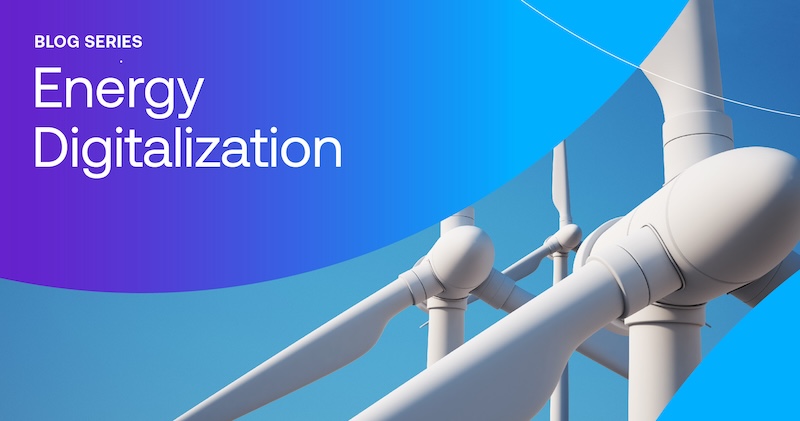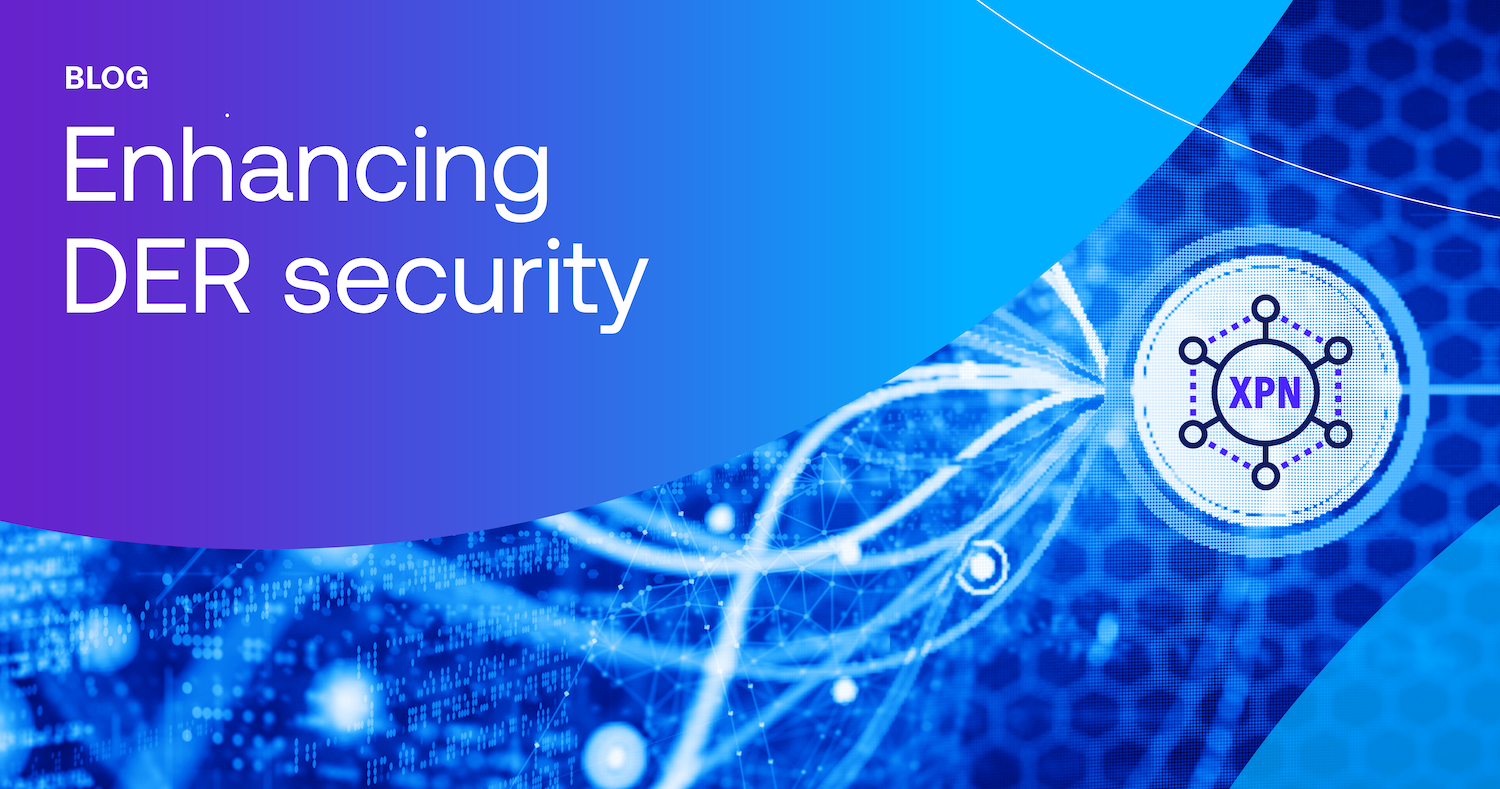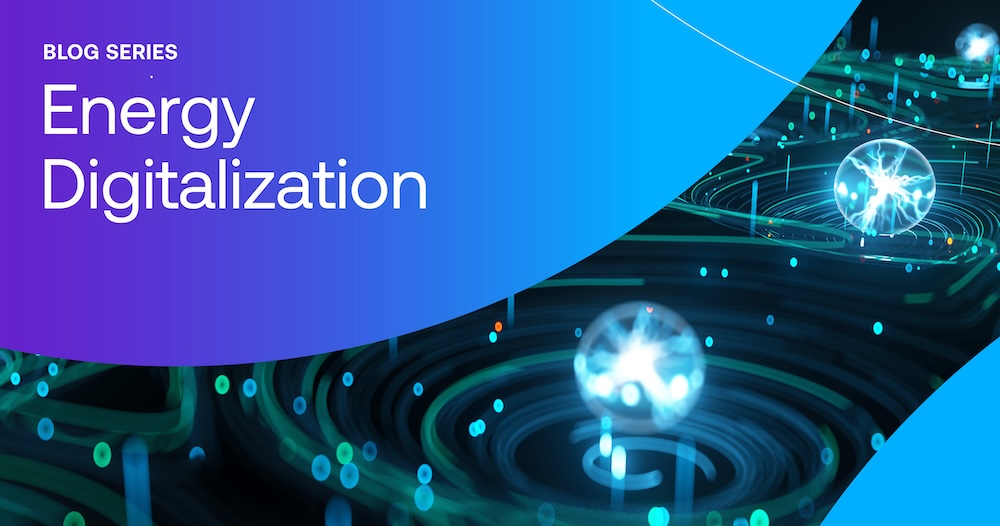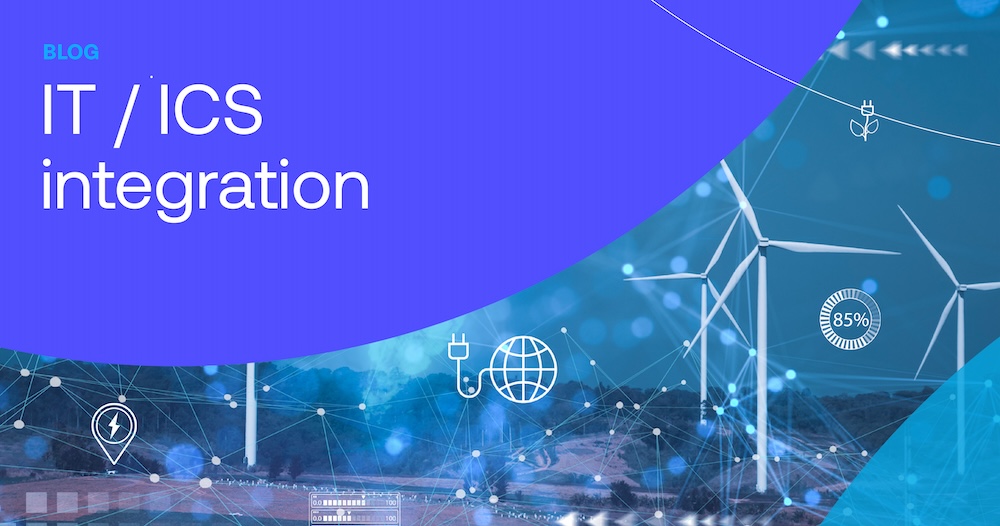Improving operating margins in the wind sector with monitoring consolidation
This installment of our energy digitalization series examines how some energy companies are answering wind power project financial difficulties by consolidating wind farm management, monitoring, and operations across sites and shifts.
The wind industry is at a crossroads. Equinor and Orsted, two of the world’s largest wind developers, recently announced multi-billion dollar write downs on major wind projects. These difficulties reflect the sector’s economic challenges, driven by higher interest rates and supply chain inflation. Yet, while some wind developers are insisting on greater government subsidies, others are forging ahead with a more sustainable approach.
The wind sector has always had a challenging business model. Wind energy projects depend on high initial investments with fluctuating production and price levels. To mitigate financial risk, wind project developers secure fixed revenues through power purchasing agreements (PPAs). Their bottom line depends on maintaining or expanding the margin between operating costs and the contract power purchase price.
Unable to control the weather or the price of electricity, wind site managers are increasingly turning to consolidating monitoring through centralized control rooms to improve operational efficiency. A recent assessment by BVG Associates estimates that the average 450 MW offshore wind site spends around $660,000 (£540,000) per year for one control center. In the United Kingdom, RWE has built a new hub that provides a one-team approach for 2.2 GW across two of the largest offshore wind power sites in the world. Across the pond in Latin America, Enel has deployed their own multi-site control rooms.
However, the transition from non-consolidated to centralized operations is fraught with challenges. Traditional operations in the wind sector often involve multiple, isolated control rooms, each dedicated to a specific site. Different farms use turbines, sensors, and control room software from dozens of vendors. The lack of a unified operational view inhibits operators from optimizing performance and impedes the deployment of innovations in predictive maintenance and AI. The result is pervasive inefficiency, a death knell in an industry where maximizing uptime and efficiency is essential for profitability.
At Intertrust, we developed Virtual Operations Center (VOX) to comprehensively integrate data from dozens of sites into a single pane of glass for operations and maintenance. With VOX, energy operators can transfer control between sites without friction. The ability to dynamically assume control in any location allows wind companies to reduce operating costs without impacting their revenue. Here are a few examples of seamless operational transfer in action:
Consolidated nighttime operations – With most maintenance occurring during daytime, wind farms require less engaged monitoring during evening hours. By consolidating the monitoring of multiple sites to a single centralized control room during off-hour periods, wind turbine companies can reduce their staffing. With VOX, night-time operators at remote control rooms share a common operating picture, enabling a seamless handover and limiting operational expenses.
Workforce flexibility – The retirement of nearly 50% of utility workers over the next decade is creating a huge strain on workforce planning and an impending risk of a labor shortage. With tailored, uniform screens, VOX speeds up onboarding and improves workforce flexibility. As new recruits are being trained, operators and technicians from other sites can fill in without having to learn an entirely new system. With greater worker availability, energy companies can avoid overuse of overtime and reduce human capital costs.
AI and automation – Control rooms today operate in silos, unable to leverage insights and innovations from one site to the next. VOX provides a unified interface for integrations with predictive maintenance, portfolio management, and large language models. Operators can quickly operationalize energy orchestration, anomaly detection and even ChatGPT-style agents. You can find more on how VOX enables AI from the previous entry in this blog series.
As energy companies continue to navigate financial headwinds, the industry as a whole is rethinking and reforming its operational model. The ability to dynamically assume control in any location is emerging as a vital capability for operators. As the wind industry continues to evolve, embracing innovative solutions will be crucial to optimize energy production performance and sustain long-term profitability.
VOX empowers wind developers to overcome disparate data systems to streamline management across multiple sites. Our goal with VOX is to pave the way for more resilient, efficient, and economically viable operations through the full end-to-end digitalization of the energy industry.
If you are interested to learn more about how VOX can support your operation, please don’t hesitate to reach out!
About Chris Kalima
As the Vice President of Partner Ecosystems and Programs, Chris is responsible for initiatives that foster joint business opportunities, enhance product integrations, and ensure the delivery of exceptional value to Intertrust's customers and partners. In his previous position as the VP of Product Management for the Intertrust Platform, Chris led product development efforts focused on enhancing data interoperability and trust across the data lifecycle.




